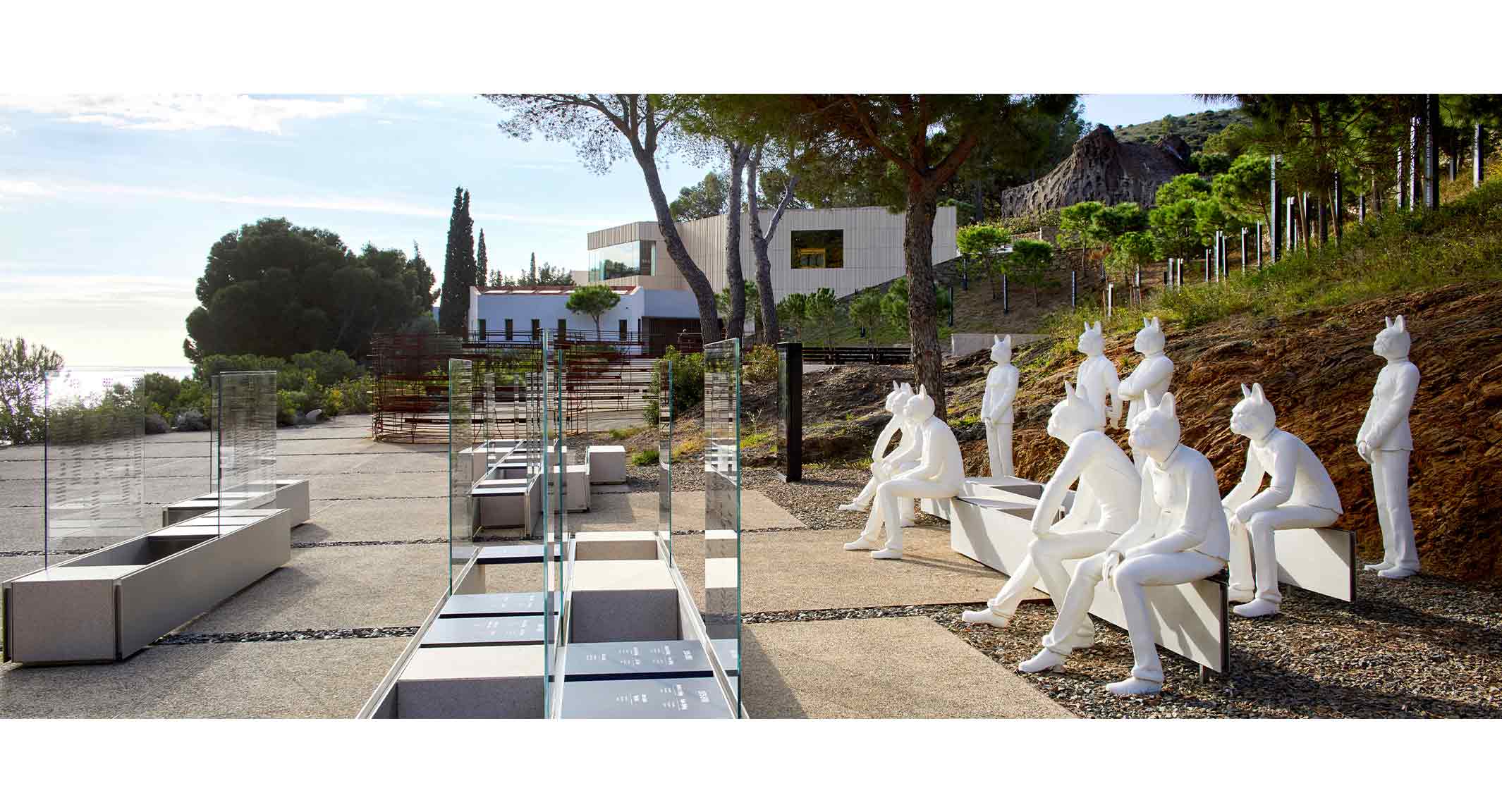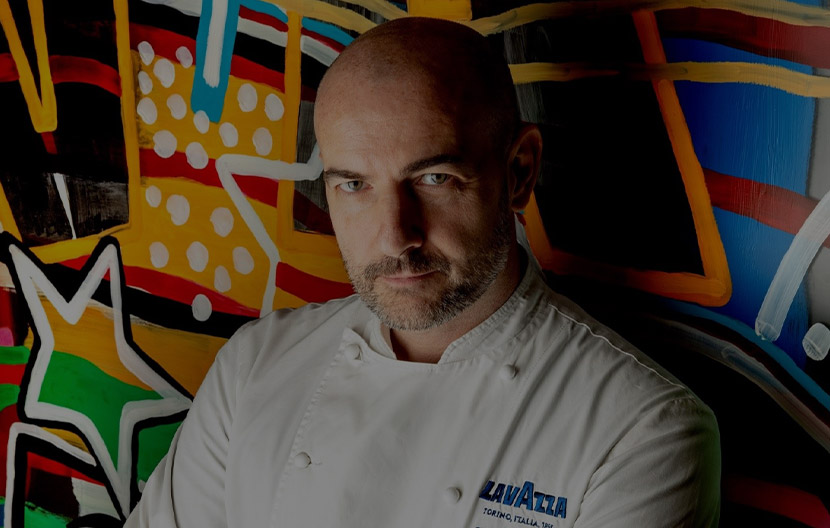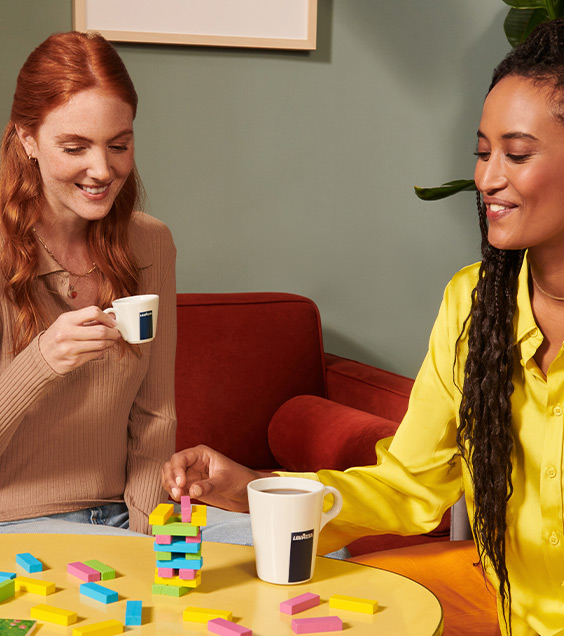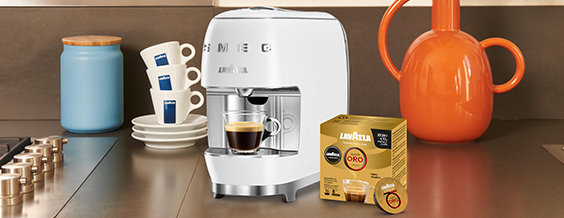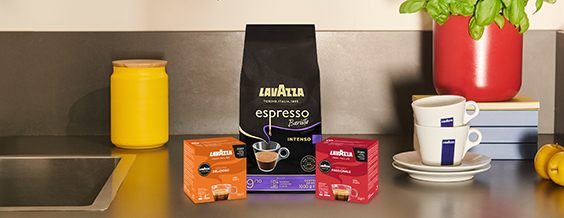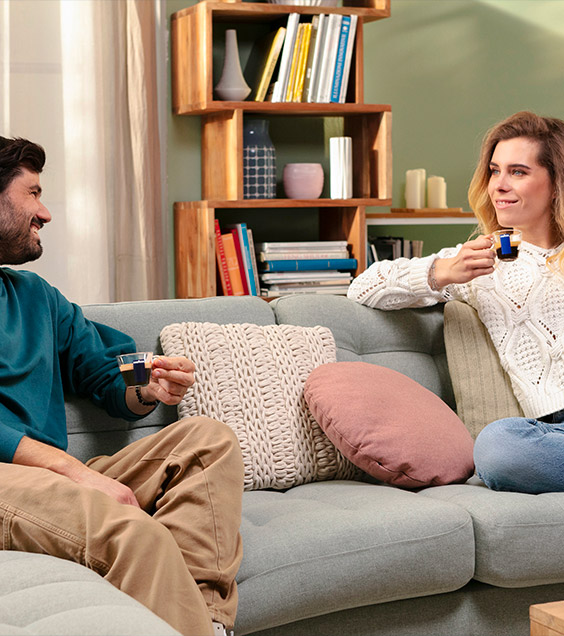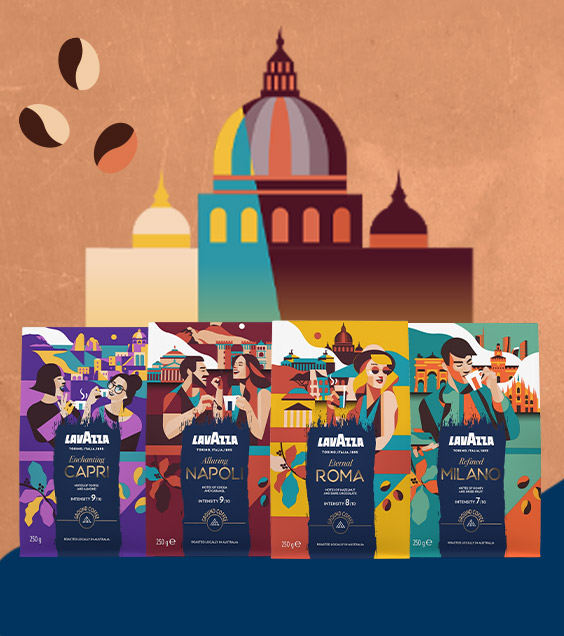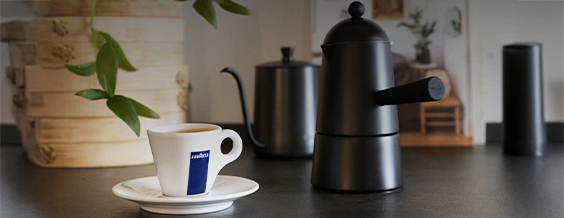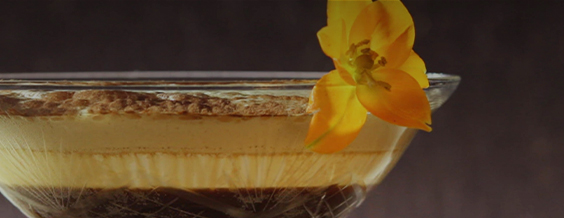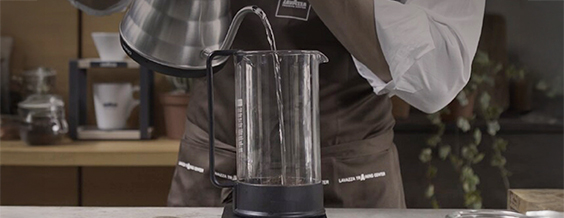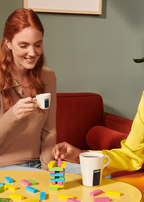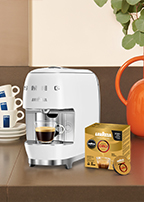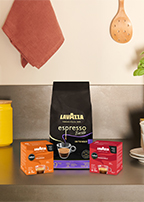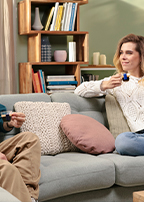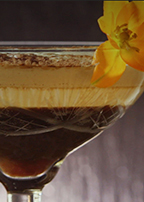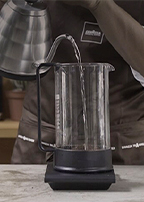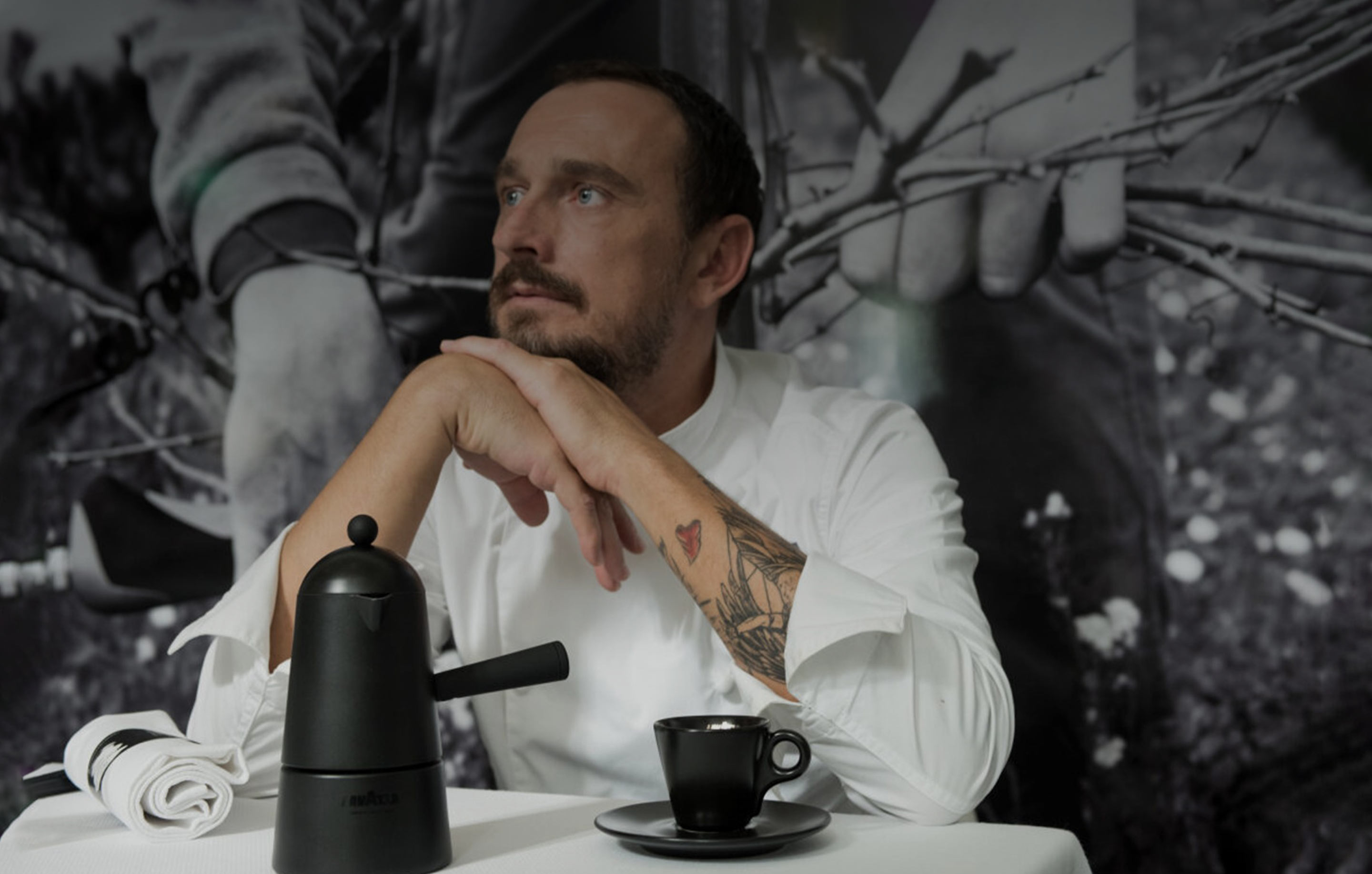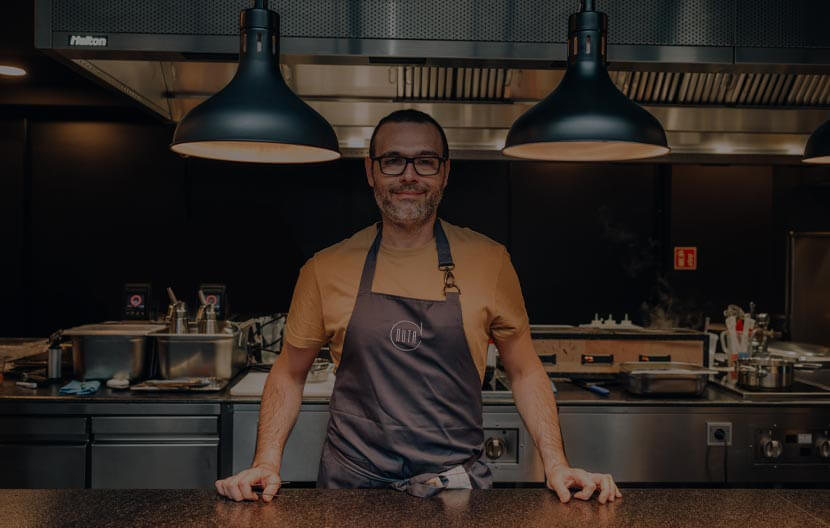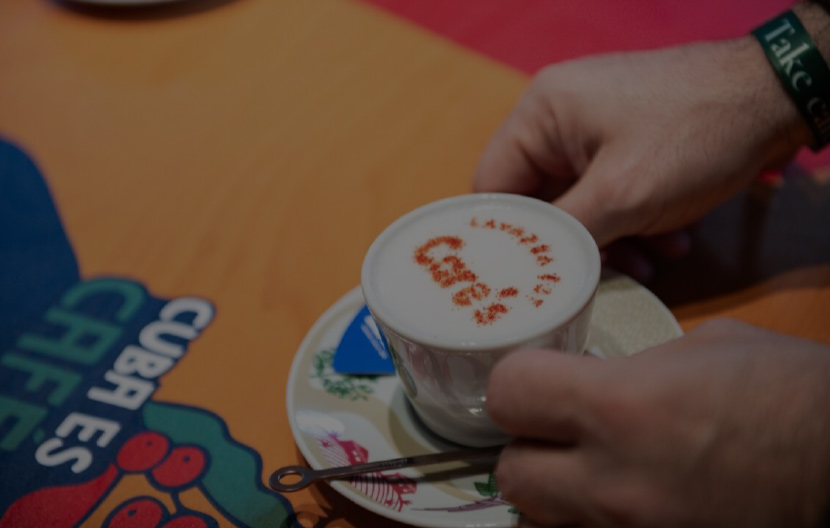*Lavazza is not affiliated with, endorsed or sponsored by Nespresso
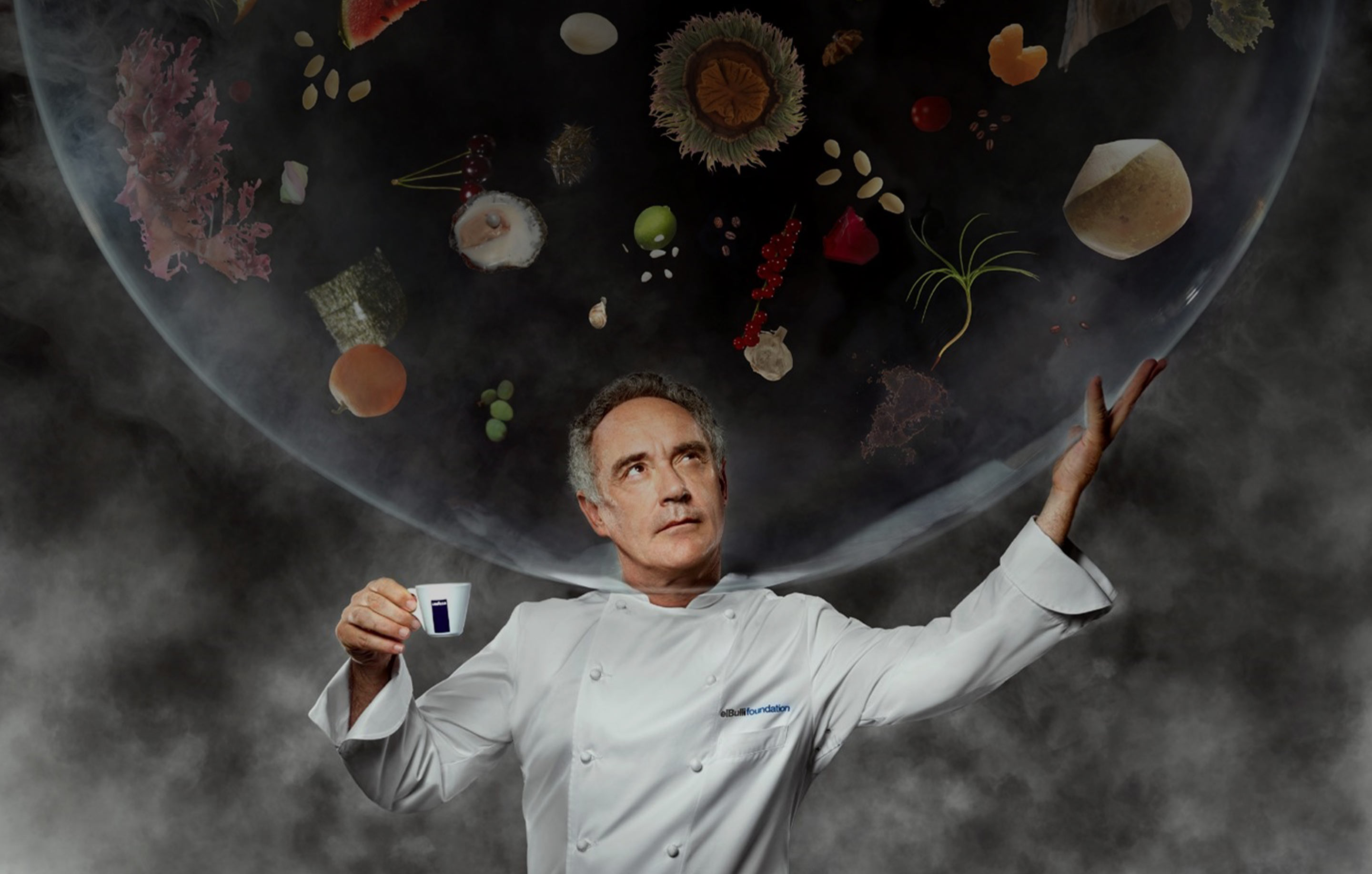
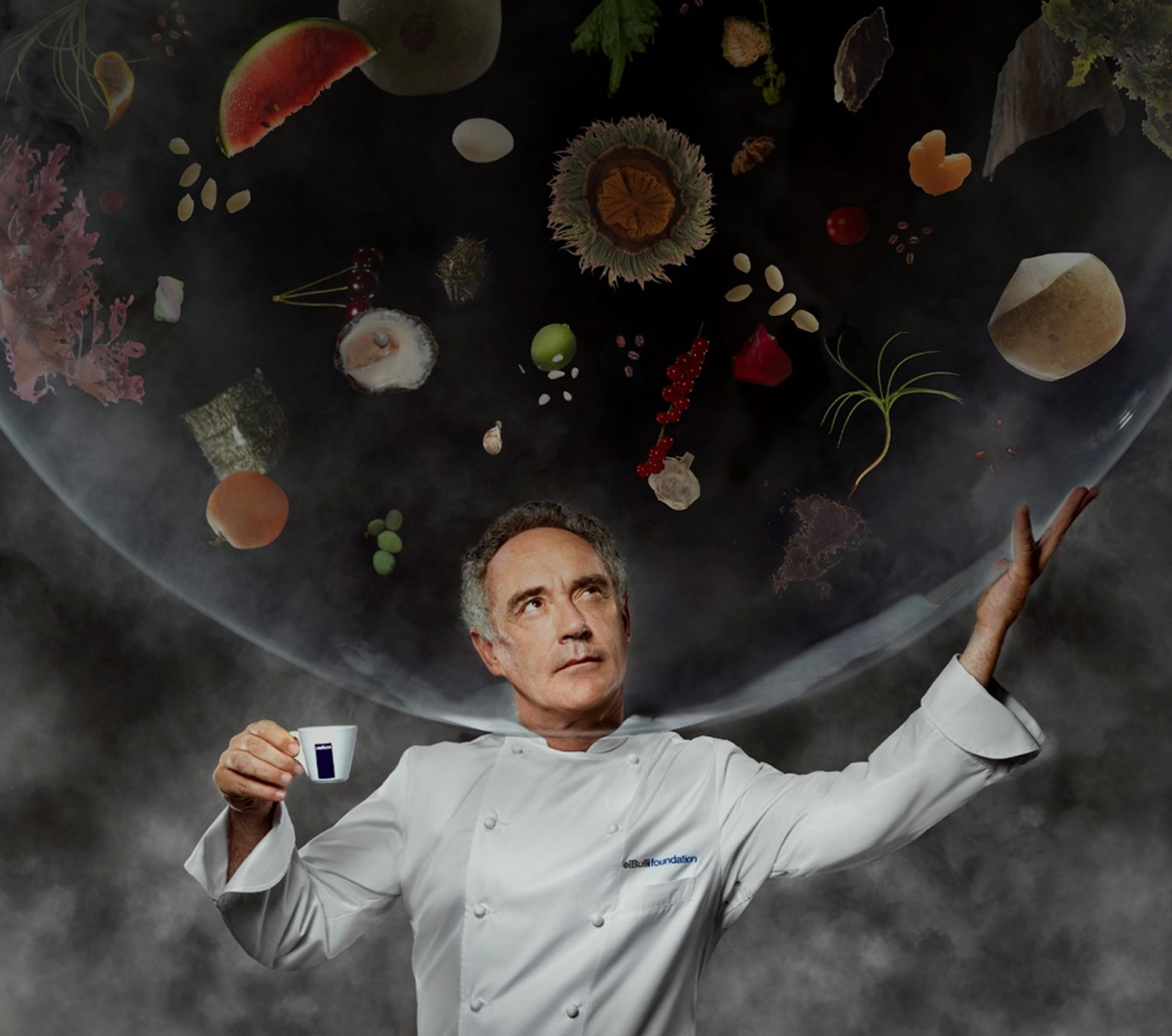
FERRAN ADRIÀ: CULINARY ALCHEMY WITHOUT LIMITS
Ferran Adrià, food philosopher and guru of international gastronomy, needs no introductions
Included on TIME magazine’s list of the 100 most influential people in the world, and awarded with honorary degrees from various universities around the globe, Ferran Adrià has radically altered the modern fine-dining scene with his revolutionary gastronomic philosophy that places the complete sensory experience of the meal at the heart of everything. That means not just taste but also visual appearance, aromas, textures, fragrances, and even sounds. In fact, he owes much of his fame to his introduction of the concept of “avant-garde cuisine”, which incorporates innovative scientific and technical principles into the preparation and presentation of his creations. However, despite his radical experiments, Adrià has always emphasised that creativity must be built upon a solid understanding of basic techniques and traditional culinary skills.
From elBullirestaurante to elBullifoundation
His elBullirestaurante was an iconic institution, garnering many international accolades as well as earning three Michelin stars. Adrià introduced the use of foams, jellies, emulsions, and other innovative techniques, as well as unusual ingredients and tools, combining textures, temperatures, and consistencies to create unique and surprising experiences and to encourage his team to think creatively and challenge conventions. At the very height of its fame, in 2011 elBullirestaurante closed its doors just as those of the elBullifoundation were opening. In fact, Ferran declared: “Cerramos elBulli para abrir elBulli” (We are closing elBulli to open elBulli). Its legacy is carried on to this day by the many chefs who trained there and by the immense influence it had on the world of haute cuisine. An invitation to think innovatively and to push past the limits of the culinary arts.

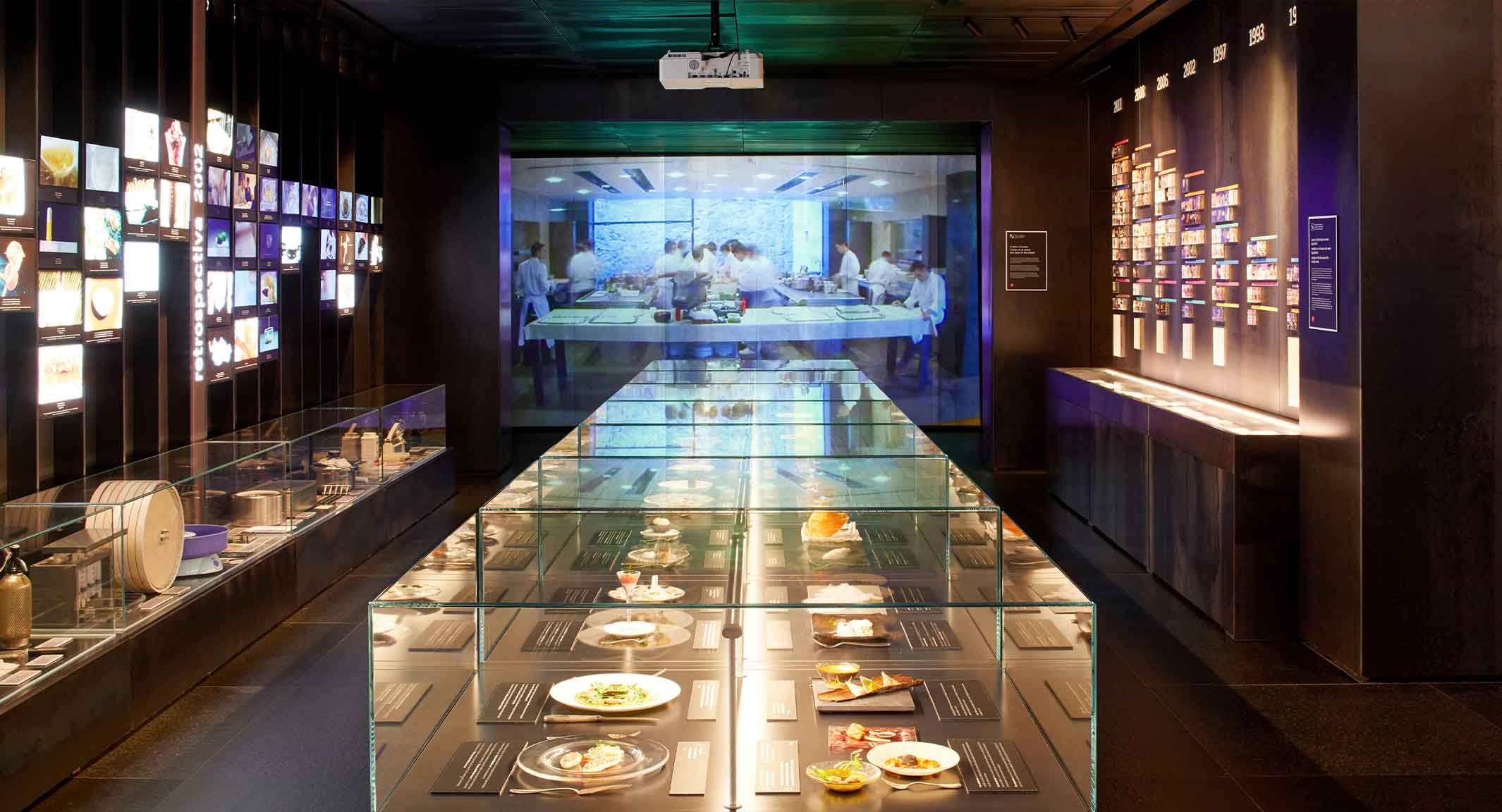
Our collaboration with Ferran Adrià dates back to 2002, the year when Lavazza embraced the Coffee Design trend, an offshoot of food design applied to the world of coffee. Before joining forces with Lavazza, the chef had never had the opportunity to work with coffee, which was offered traditionally at the end of the meal at his restaurant in Roses (Costa Brava, Spain). The innovative recipes dreamed up by the Team at the Lavazza Training Center, which he sampled during a trip to Turin, sparked his curiosity and inspired him to study ways in which this fascinating product could be used.
Supported by Lavazza’s expertise and an international task force of cooks and technicians, experiments were carried out in laboratories in Barcelona and Turin that revolutionised the world of coffee. All these efforts reached their fullest expression in “Èspesso”: created by pouring gelatine and espresso coffee into a siphon. The result was the first ever solid coffee in history, the fruit of the collaboration between the Lavazza Team and Ferran Adrià.
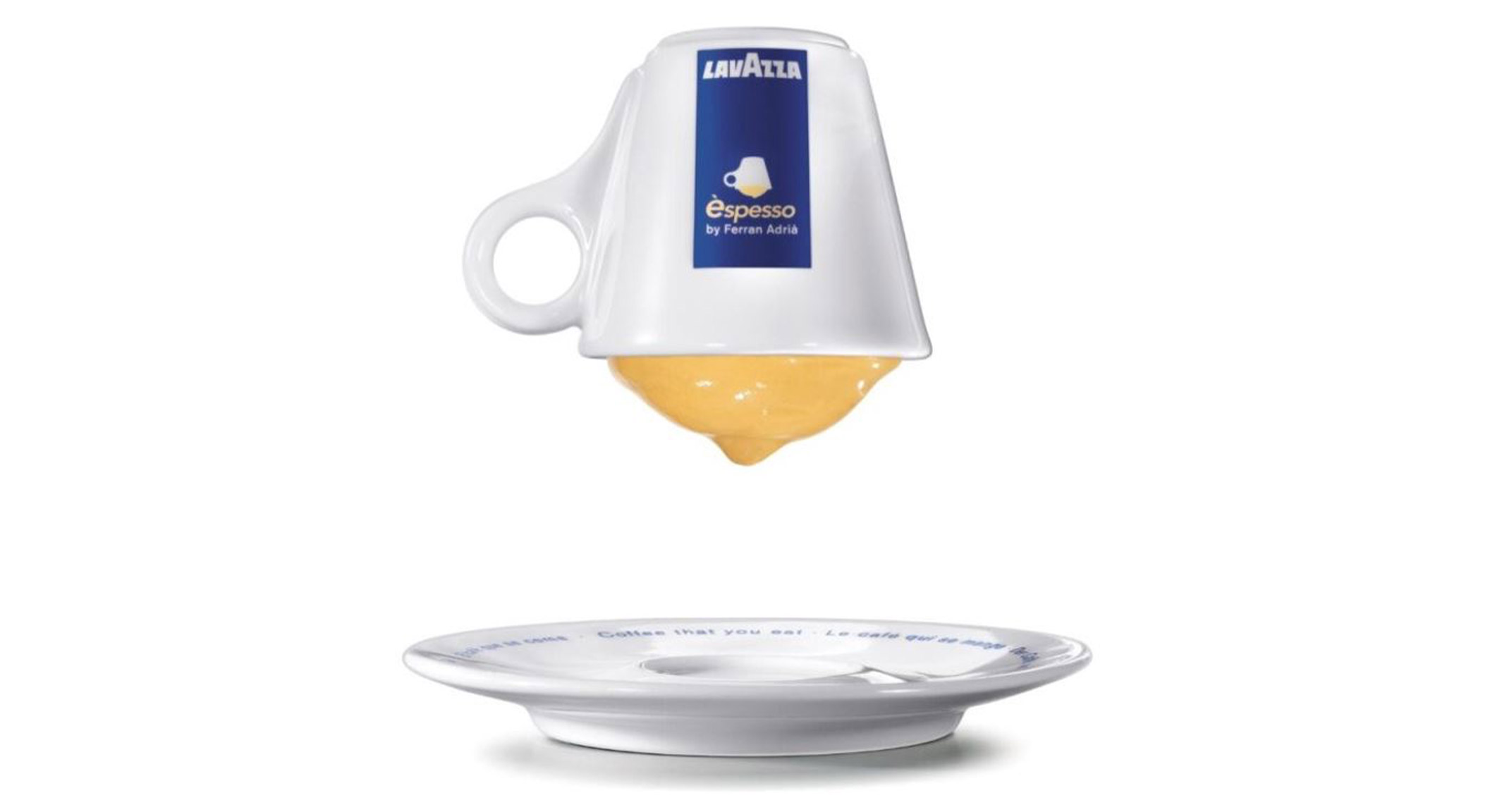
Ferran Adrià and experiments with coffee
In addition to Èspesso, many other innovative products emerged from Ferran Adrià's relentless creativity: “Coffeesphere,” “Coffee Caviar,” “Cappuccino Lio,” “Cappuccino Nitro,” and “Passion>me.” The experience of tasting these creations reinvents the Italian espresso ritual with an unexpected twist, engaging all the senses: taste, of course, but also sight, smell, hearing, and touch.
For example, one of Ferran Adrià’s flashes of inspiration was the idea for a non-alcoholic cocktail: “Passion>me”. Ferran Adrià took inspiration from the containers used in some fast-food establishments for mixing salad to mix coffee with an unexpected element. After carrying out a variety of experiments, the Lavazza Team and Adrià came to the conclusion that shaking up passion fruit along with ice, fresh mint, and highly sweetened espresso would result in a drink that was both surprising and exceptionally delicious. The “Coffeesphere”, on the other hand, is created by applying the spherification technique, pioneered by Ferran Adrià, to coffee. The process is based on the chemical reaction between alginate, a gelling agent extracted from seaweed, and calcium chloride diluted in water. The result is the spontaneous creation of a thin film which bursts in the mouth to release its content, made with Lavazza Qualità Oro coffee prepared with a moka pot.
The same process used to create “Coffeesphere” also produces “Coffee Caviar”. In this creation, small quantities of a compound based on coffee and alginate come into contact with diluted calcium chloride to create masses of tiny pearls closely resembling caviar, with a surprising taste. Then there’s the “Cappuccino Lio”, a biscuit that contains neither flour nor egg. This dried product is obtained through the process of freeze-drying a foam containing the following ingredients: coffee, cream, sugar, and gelatine. The product is placed inside a freeze-dryer, where it is first frozen to –40°C before a vacuum is created in order to sublimate the liquid entirely. This method results in a solid yet foamy consistency that is light and ultra-crumbly.
You can cook with heat but also with cold. Proof of this is the “Cappuccino Nitro”, which is “cooked” in liquid nitrogen at –196°C. The result is an extremely crisp, icy meringue with a creamy, room-temperature core. It’s a kind of cappuccino mi-cuit obtained using highly advanced techniques.
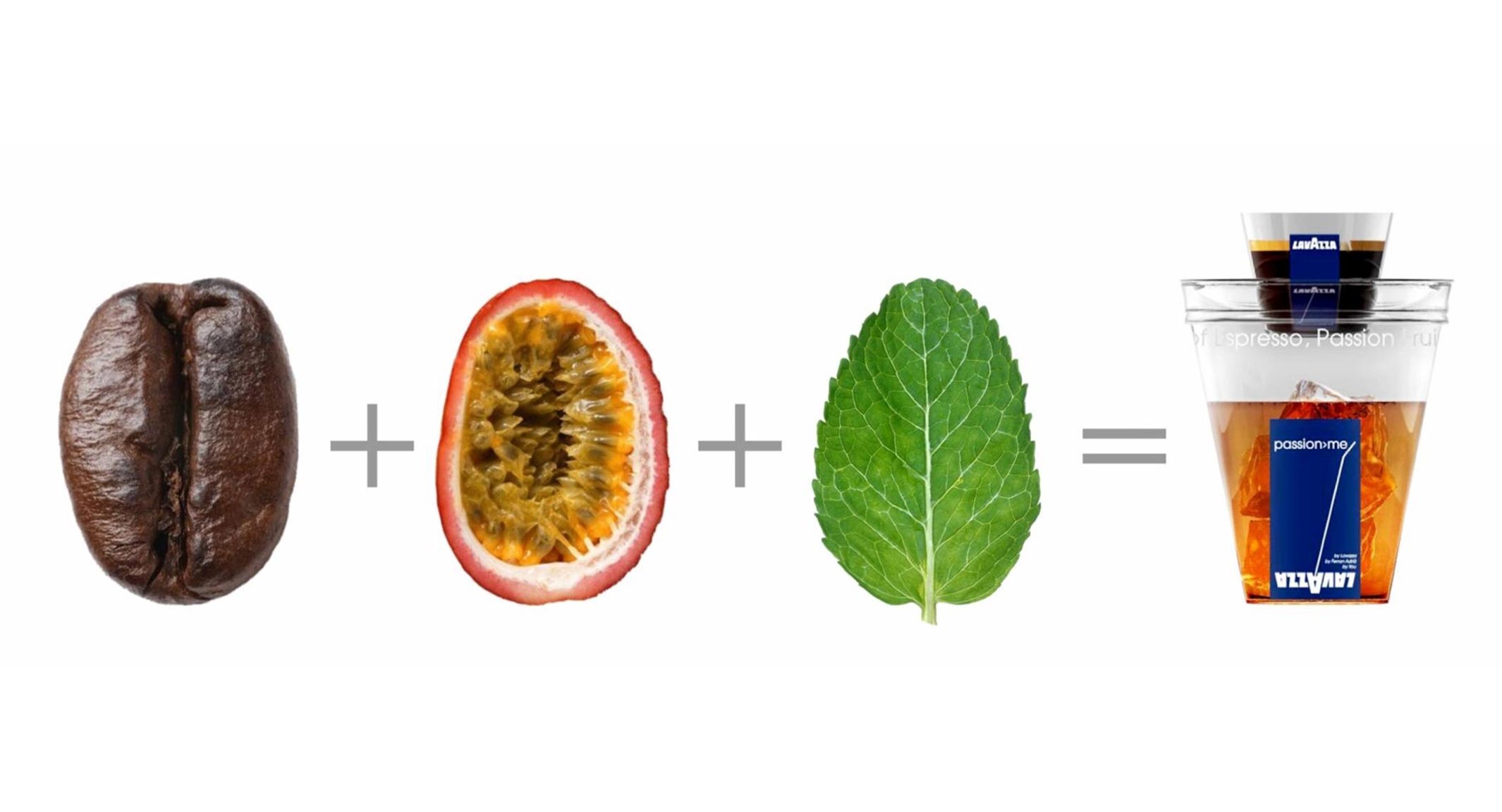
The journey taken by the chef together with Lavazza led him to push the boundaries of his research to the point of including coffee in the Sapiens methodology : a process of holistic analysis that brings together information on a specific topic of study and organises knowledge in accordance with historic, sociopolitical, and sociocultural aspects. In 2018, Coffee Sapiens: Innovation Through Understanding , edited by Ferran Adrià, elBullifoundation, and Lavazza, was published in collaboration with the Pollenzo University of Gastronomic Sciences. This volume is part of the Bullipedia series, an elBullifoundation project that aims to publish an encyclopaedia of the western gastronomic restaurant industry on a multiformat platform.
Condividere: the Michelin-star restaurant in Turin
Opening almost at the same time, inside Lavazza’s Nuvola 'corporate management centre in Turin, was Condividere: not just a restaurant but a lifestyle. Ferran Adrià is the inspiration and brains behind this project, which also boasts the stamp of the Oscar-winning set and costume designer Dante Ferretti. In an informal, dreamlike atmosphere, haute cuisine excellence and creative flair break bread together, becoming a means for sharing stories, experiences, and knowledge. This is a space where the pleasure of good company can be enjoyed along with the unique dishes on offer.
The food philosophy at Condividere is ripe for exploration. With its roots stretching back into the history of ancient civilisations, it is opening doors into new ways of enjoying contemporary haute cuisine. Magnificent and majestic yet intimate and personal, this story is rebuilt and reinvented together every time. All this led chef Federico Zanasi down some unexplored paths, for which he was rewarded with a Michelin star in 2019.

Further enriching the voyage of discovery into the world of coffee using the Sapiens method, the Bullipedia series was expanded with a volume on Italian Breakfast in 2021. The book illustrates the infinite range of possibilities offered by this ritual of transition between sleeping and waking, and Ferran Adrià reminds us that of all our meals, breakfast tends to be the one in which we take refuge in routine and are least likely to conduct new experiments. This challenge was accepted with enthusiasm by the team at elBullifoundation, Lavazza, and the Pollenzo University of Gastronomic Sciences, and it led to interesting pathways for all professionals involved in gastronomy and breakfast.
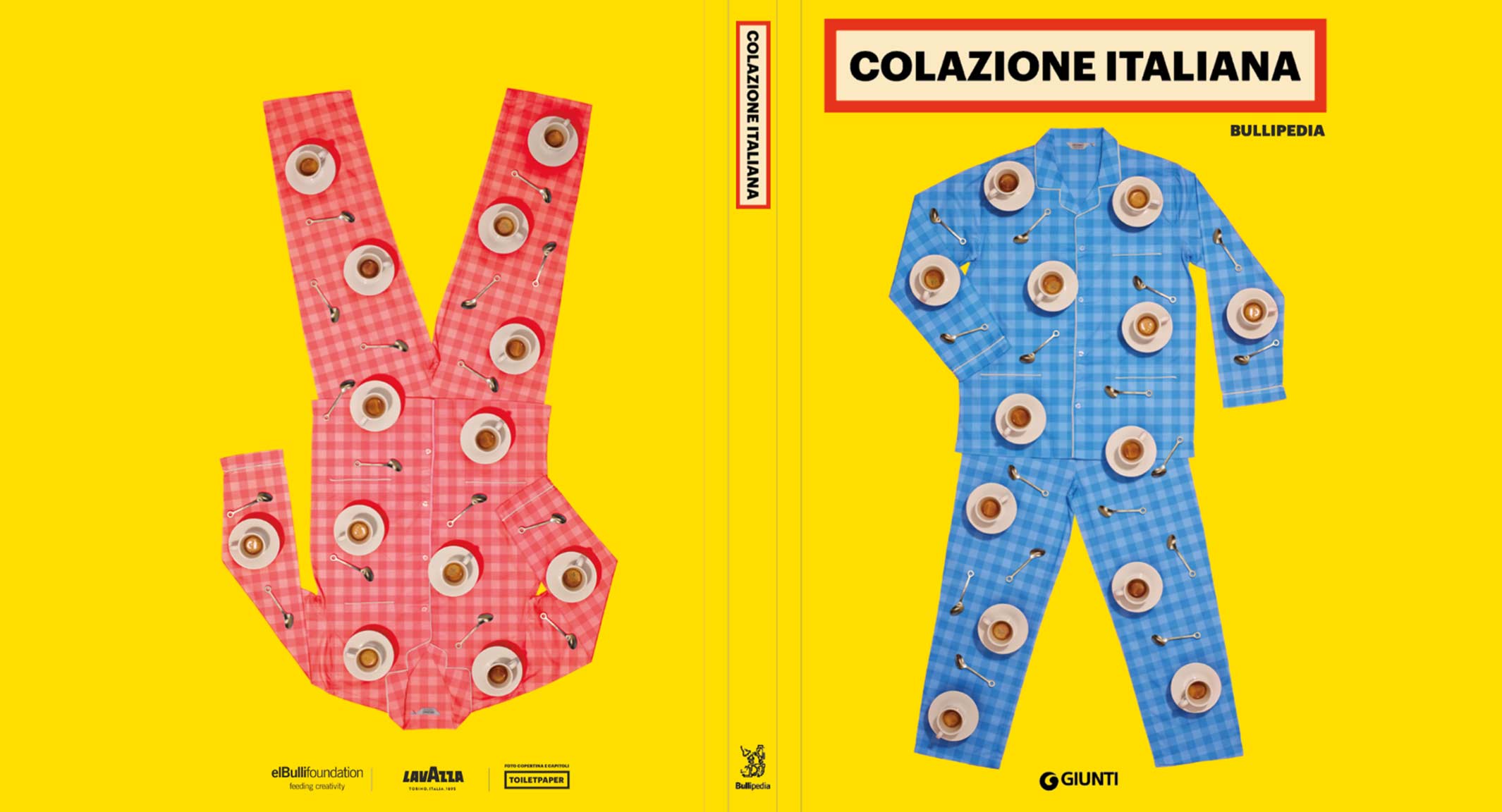
The history of Ferran Adrià at elBulli1846
The full history and all the materials relating to the 1,846 recipes that Ferran Adrià invented during his years of gastronomic creativity are on display at elBulli1846 , an exhibition space and laboratory dedicated to studying, researching, and experimenting to acquire a basic understanding of “efficiency applied to innovation”. The museum invites visitors to reflect on how the elBulli team used culinary language to explore the limits of gastronomic experimentation, helping to make restaurant history. A visit here is another opportunity for a coffee tasting: Cocoa Reloaded from 1895 Coffee Designers by Lavazza is a specialty blend of Brazilian, Colombian, and Indian coffees with hints of chocolate and notes of cinnamon spice and orange marmalade. Right here, in the same Costa Brava cove, within the walls of the historic building that was once home to elBullirestaurante, the milestones in elBulli’s history are now shared along the exhibition trail, which includes an open-air space where reflections on the culinary revolution of Ferran Adrià and his staff can be shared: an homage to the “Bullinianos” who made, and continue to make, this dream possible.
